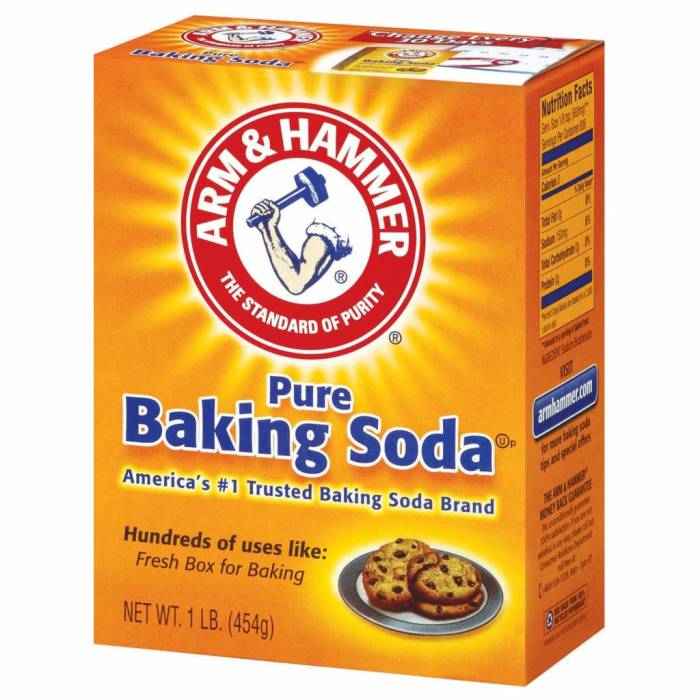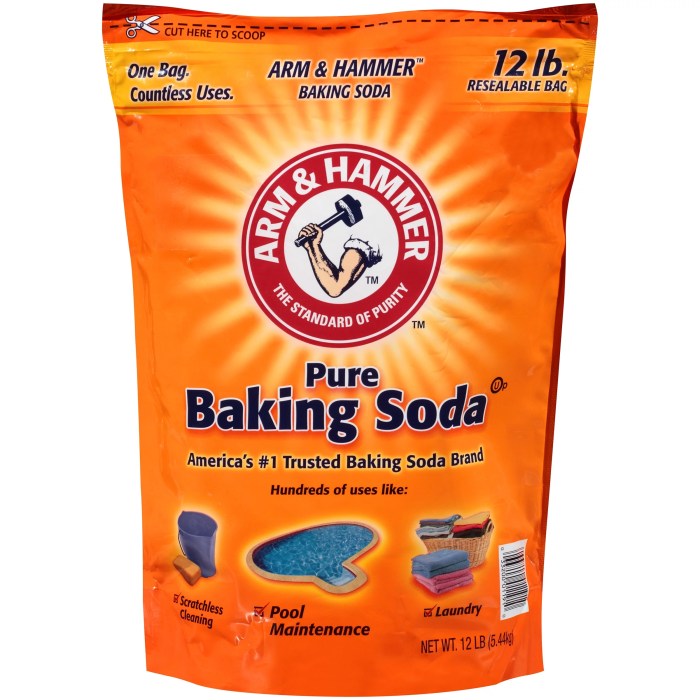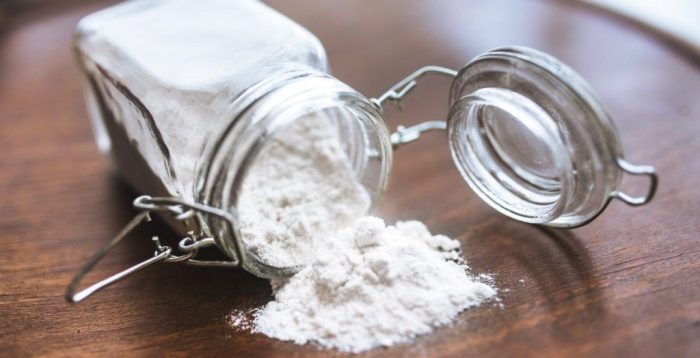Baking soda in ostomy bags is a topic that offers a unique blend of practicality and comfort. By exploring its uses, safety precautions, and alternative odor control methods, we can delve into a realm where hygiene and well-being intersect.
The addition of baking soda to ostomy bags provides a simple yet effective solution to neutralize odors and soothe skin irritation. Its versatility allows for various methods of application, making it a convenient choice for individuals seeking a more comfortable ostomy experience.
Uses of Baking Soda in Ostomy Bags

Baking soda is a common household item that has many uses, including its application in ostomy bags. Ostomy bags are used to collect waste from people who have had a portion of their digestive system removed. Baking soda can be added to ostomy bags to help neutralize odors and reduce skin irritation.
Neutralizing Odors
Baking soda is a natural deodorizer that can help to neutralize the strong odors that can be associated with ostomy bags. It works by absorbing and neutralizing the acids that cause the odors.
Reducing Skin Irritation
Baking soda can also help to reduce skin irritation that can be caused by the adhesive on ostomy bags. It works by creating a barrier between the skin and the adhesive, which can help to prevent the skin from becoming irritated.
Adding Baking Soda to Ostomy Bags
Baking soda can be added to ostomy bags in a variety of ways. One common method is to sprinkle a small amount of baking soda into the bag before attaching it to the body. Another method is to dissolve baking soda in water and then add the solution to the bag.
Safety Precautions and Considerations

Before using baking soda in your ostomy bag, it is crucial to consult with your healthcare professional. They can provide personalized guidance based on your specific medical history and ostomy system.
Using baking soda without proper medical supervision can lead to potential risks and complications, including:
Electrolyte Imbalances
- Baking soda is a sodium compound, and excessive use can lead to elevated sodium levels in the body, which can disrupt fluid balance and cause dehydration.
Skin Reactions, Baking soda in ostomy bag
- Baking soda is alkaline and can irritate the skin around the stoma. Prolonged contact can cause redness, itching, or even skin damage.
Proper Use and Dosage
- Always follow the instructions provided by your healthcare professional or the product manufacturer.
- Start with a small amount of baking soda and gradually increase the dosage as needed, while monitoring for any adverse reactions.
- Rinse the stoma and surrounding skin thoroughly after using baking soda to remove any residue.
Alternative Odor Control Methods

In addition to baking soda, several other effective odor control methods are available for ostomy bags.
If you’re dealing with odor in your ostomy bag, baking soda can be a lifesaver. Just a sprinkle can neutralize the smell and keep you feeling fresh. It’s like having your own personal Johnny Lingo 8 cow wife to take care of the unpleasantries.
So, if you’re tired of wrestling with odor, give baking soda a try. It’s an easy and effective solution that will leave you feeling confident and comfortable.
Activated Charcoal Filters
Activated charcoal filters are small, disposable devices that can be attached to the vent of an ostomy bag. They contain activated charcoal, a highly porous material that absorbs odors. Activated charcoal filters are very effective at controlling odors, but they can be more expensive than other methods and may need to be replaced frequently.
Odor-Absorbing Pads
Odor-absorbing pads are small, disposable pads that can be placed inside an ostomy bag. They contain a material that absorbs odors, such as activated charcoal or baking soda. Odor-absorbing pads are less effective than activated charcoal filters, but they are also less expensive and easier to use.
Choosing the Most Suitable Odor Control Method
The best odor control method for an individual will depend on their needs and preferences. Factors to consider include:
- Odor level:Some people produce more odor than others. If an individual has a high level of odor, they may need to use a more effective odor control method, such as activated charcoal filters.
- Frequency of bag changes:If an individual changes their ostomy bag frequently, they may not need to use an odor control method. However, if they change their bag less frequently, they may need to use a method that provides long-lasting odor control.
- Cost:Activated charcoal filters are more expensive than odor-absorbing pads. Individuals should consider their budget when choosing an odor control method.
- Convenience:Activated charcoal filters require more maintenance than odor-absorbing pads. Individuals should consider how much time and effort they are willing to put into odor control.
Baking Soda and Ostomy Bag Maintenance

Baking soda is a versatile substance that can be used for various household cleaning tasks, including maintaining ostomy bags. It is a natural deodorizer and can help remove stains and buildup from the bags.
Cleaning Ostomy Bags with Baking Soda
- Soak the bag in a baking soda solution:Fill a sink or bucket with warm water and add 1/4 cup of baking soda per gallon of water. Submerge the ostomy bag in the solution and let it soak for several hours or overnight.
- Scrub the bag gently:Use a soft cloth or sponge to gently scrub the bag, paying special attention to any stained or discolored areas. Avoid using abrasive scrubbers, as they can damage the bag.
- Rinse the bag thoroughly:Rinse the bag thoroughly with clean water to remove any remaining baking soda residue.
Benefits of Regular Cleaning
Regular cleaning of ostomy bags is essential for several reasons:
- Prevents odor:Baking soda helps neutralize odors, keeping the ostomy bag fresh and odor-free.
- Removes stains and buildup:Regular cleaning helps remove stains and buildup from the bag, preventing it from becoming discolored or damaged.
- Extends the life of the bag:Proper cleaning and maintenance can help extend the life of the ostomy bag, saving you money in the long run.
FAQ Overview: Baking Soda In Ostomy Bag
Can baking soda be used in all types of ostomy bags?
Baking soda is generally safe for use in most types of ostomy bags, including those made from plastic, rubber, or vinyl. However, it’s always advisable to consult with a healthcare professional before using baking soda in ostomy bags to ensure compatibility.
How much baking soda should be added to an ostomy bag?
The amount of baking soda to add to an ostomy bag can vary depending on the size of the bag and the desired level of odor control. A good starting point is to add 1-2 tablespoons of baking soda to a 1-liter ostomy bag.
Adjust the amount as needed based on individual preferences and effectiveness.
Is it safe to use baking soda in ostomy bags long-term?
While baking soda is generally safe for short-term use in ostomy bags, prolonged use may lead to electrolyte imbalances or skin irritation. It’s important to consult with a healthcare professional to determine the appropriate frequency and duration of baking soda use based on individual needs and circumstances.